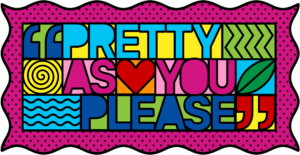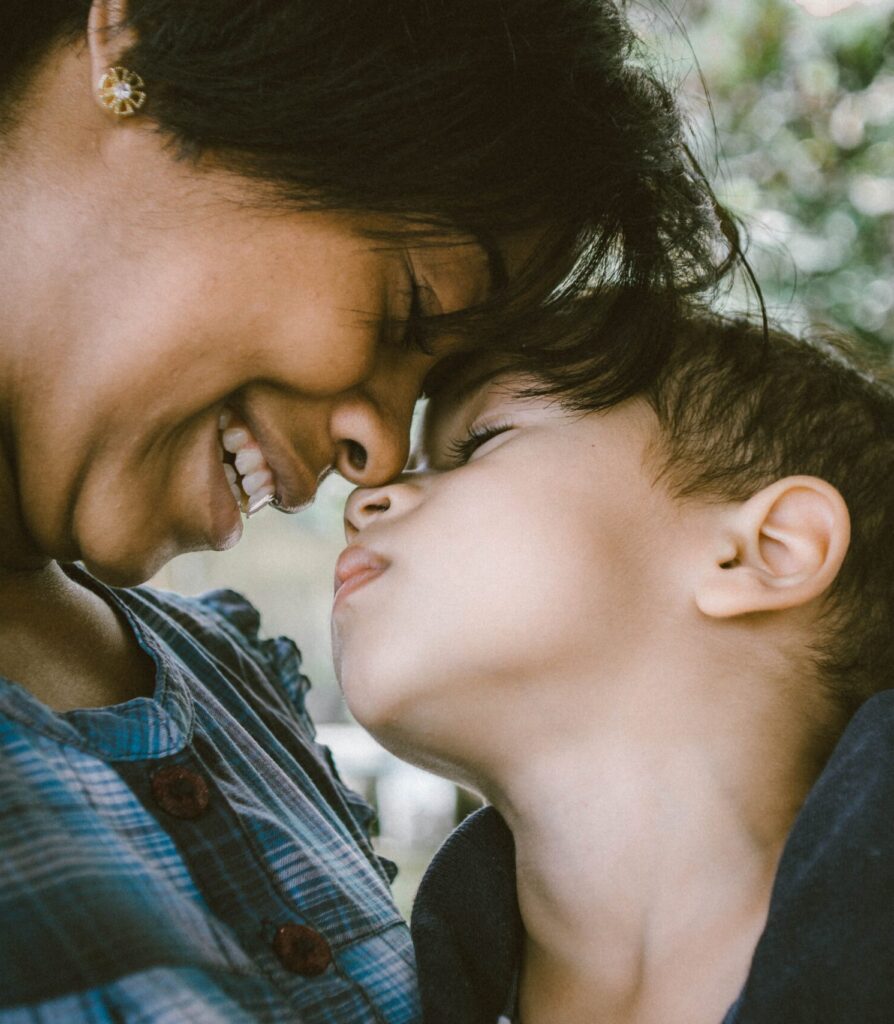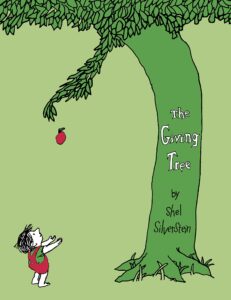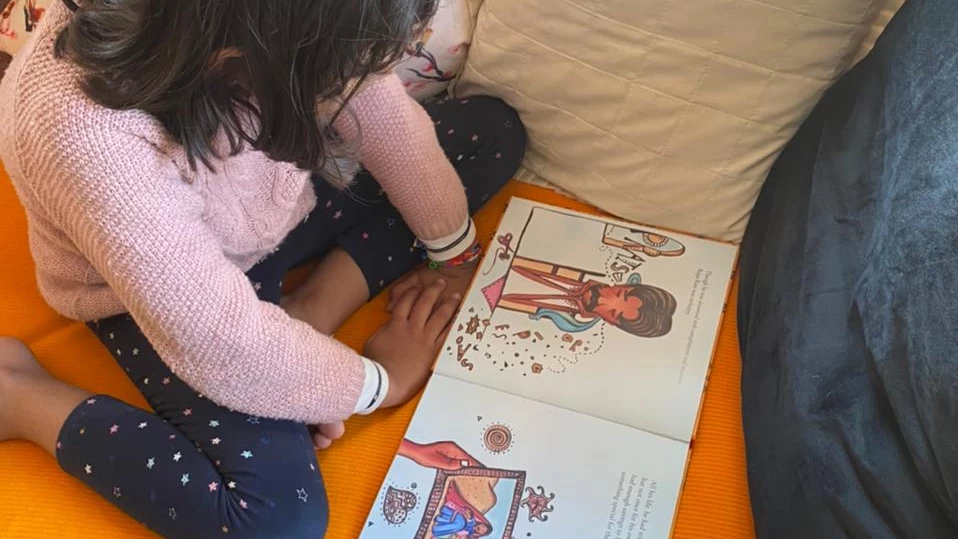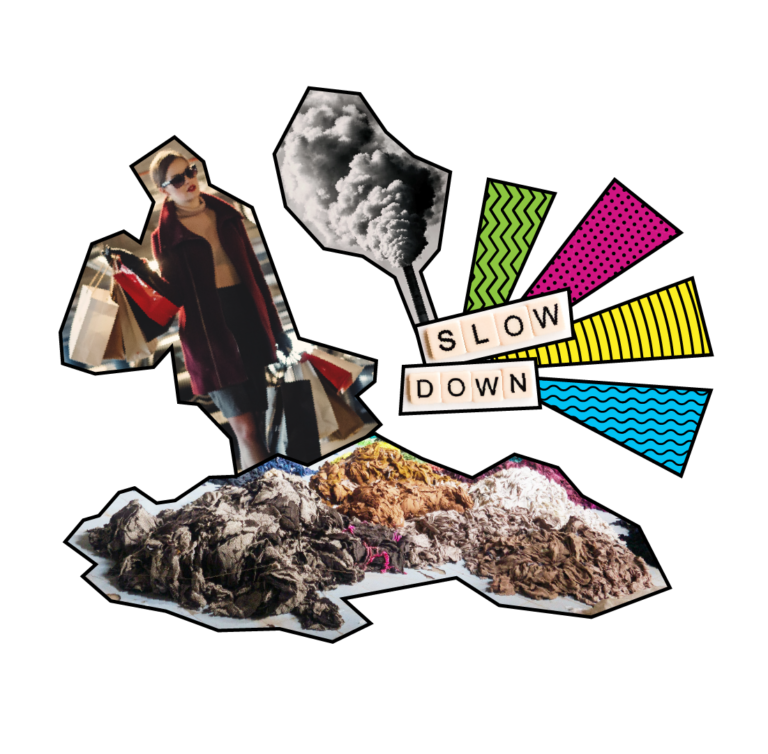“Que sera sera, whatever will be, will be; The future’s not ours to see…,’ sang Doris Day, a quarter of a century ago. Flash forward 2021, when the world is 1.16 degree Celsius warmer than it was in 1955, when the song released, and we are beginning to see signs of what the future holds.
According to a study published in the journal Climatic Change, an increasing number of couples between the ages of 27 and 45 are choosing not to have children from fear of their kids having to live through an ‘impending climate apocalypse’. As high as 96% of respondents showed extreme concern for their existing, expected or hypothetical children. This study came close on the heels of a 2017 one by Lund University, Sweden, published in the journal Environmental Research Letters, which claimed the annual carbon footprint of a child is the equivalent of 58.6 tonnes of carbon emissions.

As a parent, or as a caregiver of a young child, do you feel confident enough to say ‘whatever will be, will be’ or do you worry about the future? Do you wonder how you can do better by your child, for your child and with your child? Should we all swear off having kids? Can you imagine a planet without kids? How joyless and not-quite-sustainable would that be! And what about the kids we already have?
According to Mike Berners-Lee, author of How Bad are Bananas?, having a child is one of the most environmentally unfriendly things we can do, but—fortunately, he does add a ‘but’—what’s important is not how many children you have, rather how you raise the children you have.
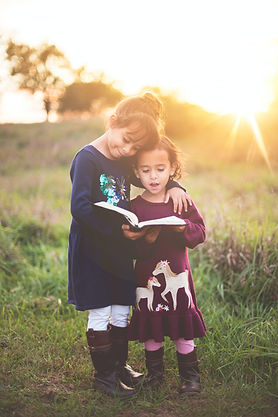
Nothing could be further from the truth. Every action matters. Every flight you ditch for a train journey matters. Every abandoned shopping cart full of stuff you wanted but didn’t need and decided you could do without matters. You don’t have to identify as an environmentalist or as an activist to help your child learn to care for the planet and for other people. In a pandemic-stricken world, increasingly dominated by screens, it is critical to speak to kids about community, about living with others (even as we live locked up in our homes, away from socialisation of any kind) and about living with nature and consuming less. For ideas on how, we are sharing a reading list, one of a lot more to come, to help you be the best eco-parent you can be. As Jen Gale, author of The Sustainable(ish) Guide to Green Parenting, puts it, it’s about doing what you can, one step at a time, for each of us has the potential to create positive change, imperfectly.
Books on Nature & Human Interaction
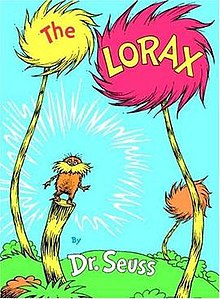
The Lorax
By Dr. Seuss
Dr Seuss uses his trademark rhyme storytelling to chronicle the dangers of human greed and the destruction it’s causing to nature. While some of Dr Seuss’s works may have come under fire for their racism and sexism, The Lorax remains a global favourite when it comes to introducing children to this sensitive topic.
The Giving Tree
By Shel Silverstein
This popular story of the tree that keeps giving, even as it’s being ravaged by human greed, is a sensitive way to teach children why we must protect nature and its gifts.
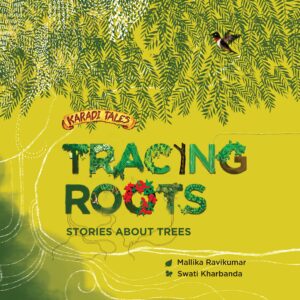
Tracing Roots-Stories about Trees
By Mallika Ravikumar; Illustrations by Swati Kharbanda
This delightful retelling of folklores, brought out by Karadi Tales, introduces children to the importance of trees in our culture. The captivating narration will have young ones looking at trees in a different, more charmed light.
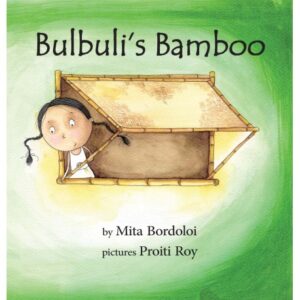
Bulbuli’s Bamboo
By Mita Bordoloi
This gentle story, filled with alliteration, is a fun way to introduce children to the many gifts that bamboo, now known to be one of the most sustainable plants, has to offer, while talking about the delights of living in nature.

One Lonely Tiger
By Benita Sen; Illustrated by Sekhar Mukherjee
Through the tearful narration of a tiger, looking upon his lost home, this book illustrates the threat of extinction and loss of habitat, sensitizing young readers to the ecological crisis.
